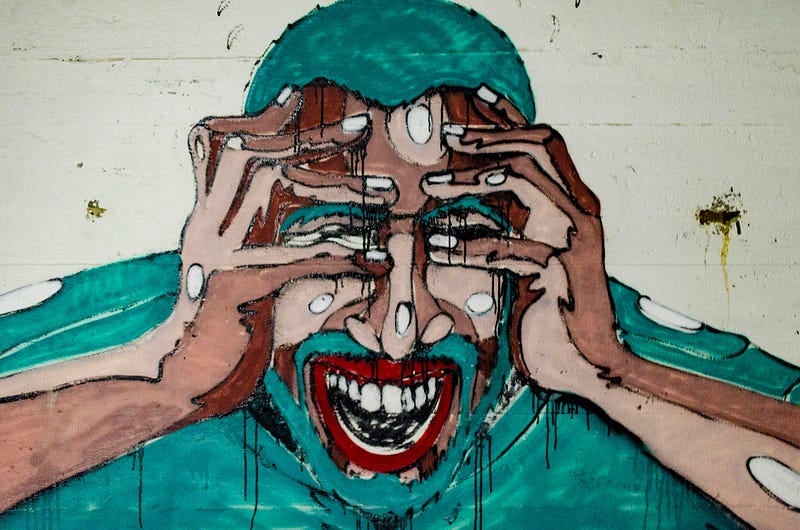Understanding the Unattractive Sleeping Face: Insights and Facts
Written on
Chapter 1: The Mystery of Our Sleeping Faces
Have you ever woken up to find an unflattering photo of yourself sleeping? It's common for family members to capture these candid moments, showcasing an expression that doesn't quite align with the beauty of your waking face. Why do we appear so different while sleeping?
Facial expressions are involuntary and often unguarded during sleep, leading to what many might perceive as unattractive appearances.
Section 1.1: The Science of Sleep Stages
To grasp why our sleeping faces can look unappealing, it's essential to understand the physiological changes that occur during sleep. Sleep is structured in cycles lasting approximately 90 minutes, typically consisting of four to six cycles per night.
When you drift off, your body enters the non-rapid eye movement (NREM) phase characterized by slow-wave sleep. NREM can be divided into three distinct stages:
- Stage 1: This initial stage lasts about 1 to 7 minutes, where muscle tone decreases, and it's easy to wake up. You might find yourself nodding off in a meeting, a clear sign you've entered this stage.
- Stage 2: Lasting between 10 to 25 minutes in the first cycle, this stage makes awakening a bit more challenging, and muscle tone continues to weaken, with occasional spasms.
- Stage 3: Often referred to as deep sleep, this stage lasts around 20 to 40 minutes. Here, the body is in a relaxed state, making it difficult for the brain and facial muscles to control expressions.
Once NREM concludes, the body doesn't immediately transition to the next cycle. Instead, it experiences a brief "micro-awakening." During this time, rapid eye movement (REM) sleep occurs, where only certain small muscles remain active. This activity can lead to unconscious facial expressions, contributing to the odd looks we may have while asleep.

Section 1.2: Expressions of Frowning and Smiling
Is it possible that a pained expression results from nightmares? While most people remain expressionless during deep sleep, some exceptions exist. Research involving 29 healthy adults revealed that facial muscles can contract during REM sleep, leading to frowning—albeit not necessarily tied to negative dreams.
Interestingly, even infants exhibit similar expressions, with a study showing they frown almost three times more than they smile during sleep. This unconscious frowning is a normal muscle activity, distinct from the experiences of those with REM sleep behavior disorder. Individuals with this disorder can exhibit physical reactions, such as frowning or even violent movements, in response to their dreams.

Chapter 2: The Reality of Sleeping Beauties
Can the ideal of a sleeping beauty with a serene smile truly exist? Research involving 100 individuals, including sleepwalkers and those with REM sleep, found that only 8% of healthy participants displayed happy expressions while asleep. In contrast, those with REM disorders showed a wider variety of smiles, suggesting that this phenomenon is not typical for most people.
Video Title: 7 Habits that Make Your Face Ugly - YouTube
Description: This video explores habits that may contribute to an unattractive appearance, including common sleep-related behaviors.

Section 2.1: Unusual Sleeping Patterns
You may have encountered individuals who sleep with their eyes slightly open. This phenomenon, known as nocturnal lagophthalmos, affects about 5% of the population. Various factors contribute to this condition, including:
- Proptosis lagophthalmos: Bulging of the eyeball may prevent the eyelid from fully closing.
- Scarring eyelid closure insufficiency: Eyelid function may be compromised due to trauma or surgery.
- Paralytic eyelid closure insufficiency: Conditions like Parkinson’s or facial nerve issues can impair eyelid function.
If you or someone you know experiences this, consulting a medical professional is advisable.
